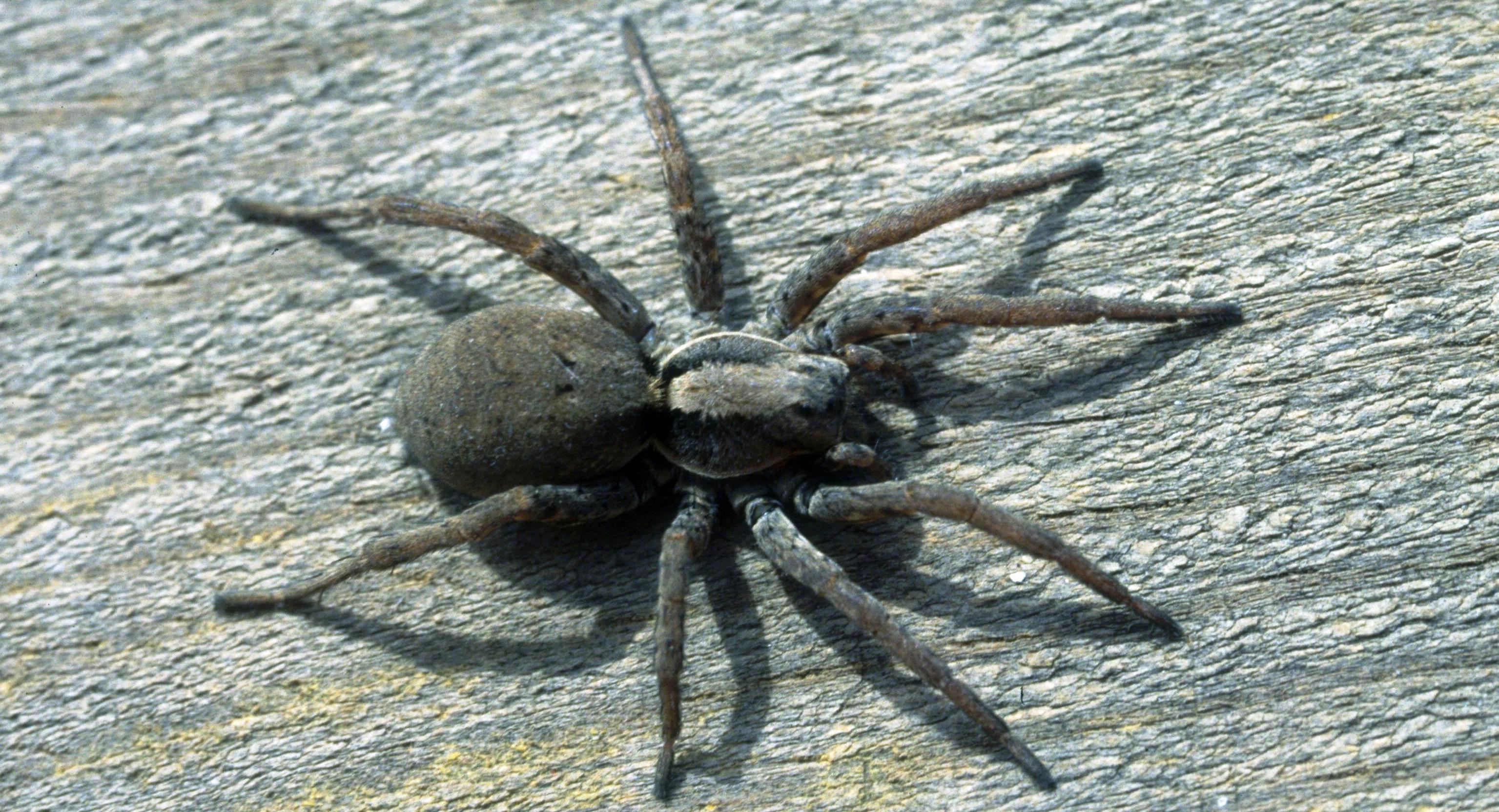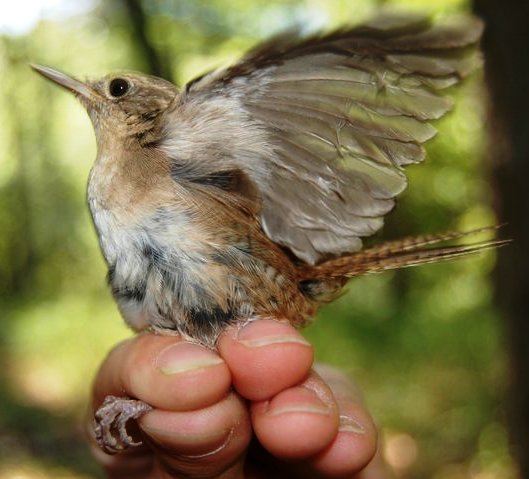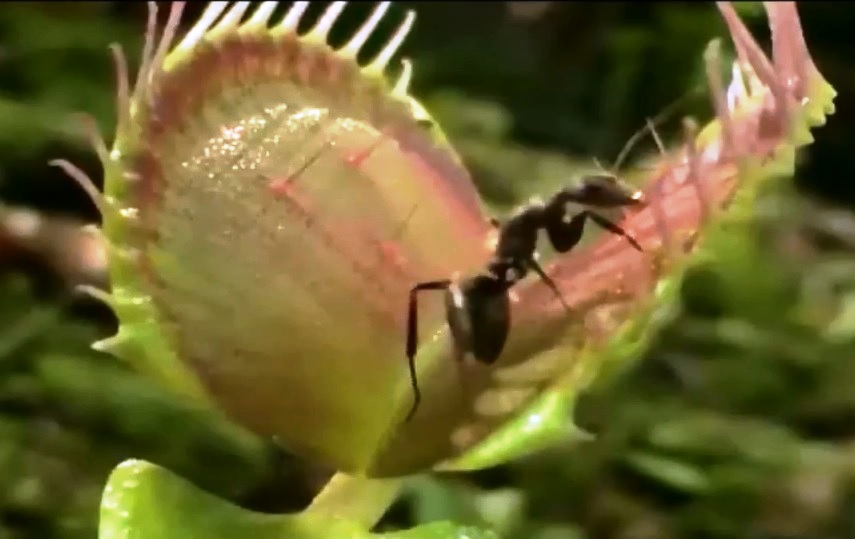Why Are Plants Green?
The dominance of green chlorophyll on Earth may have come after a more purple period.


The dominance of green chlorophyll on Earth may have come after a more purple period.


A robotic third arm helps drummers execute previously impossible percussion patterns.
While the media affect our vocabulary, our accents are a product of our community.


DNA evidence reveals that the enormous armored glyptodont, an extinct South American mammal, was a close cousin to modern armadillos.

Buyers shell out a lot less in online auctions when the seller is female.
Research suggests that children can’t filter out noise the way adults can, with profound implications for learning.

Small, maneuverable robots based on cockroaches could be deployed in disaster zones to find human survivors.

Experiencing physics phenomena first-hand can boost students’ learning of the subject, and leads to changes in the brain.
Neandertals contributed to genetic risk factors for some of today’s health problems and even mood disorders in people of European and Asian descent.

Research suggests that children can’t filter out noise the way adults can, with profound implications for learning.

Limited growing regions make staple crops like corn, wheat and soy more vulnerable to the effects of climate change.
Some researchers argue that the concept of race should be eliminated from genetic studies.

Sleep deprivation may lead people to confess to things they haven’t done.



Scientists listen in on fruit fly courtship calls to study the neural underpinnings of communication.
Scientists pinpoint regions of the brain that work together to trip us up when we’re being scrutinized.


The carnivorous Venus flytrap avoids wasting energy digesting non-food items it traps by accident with a bit of math.

